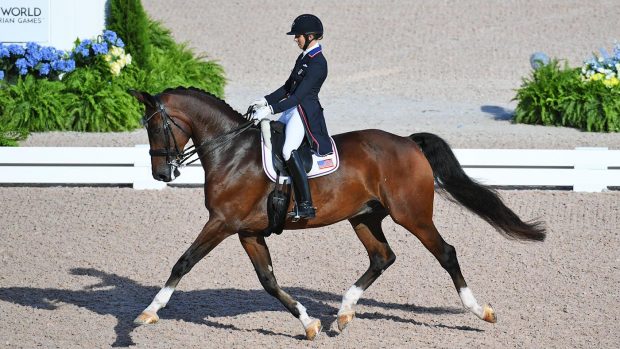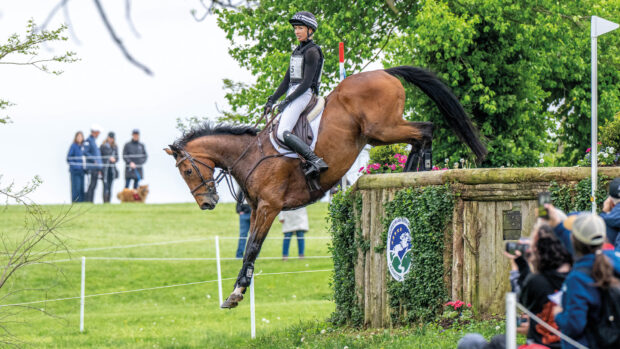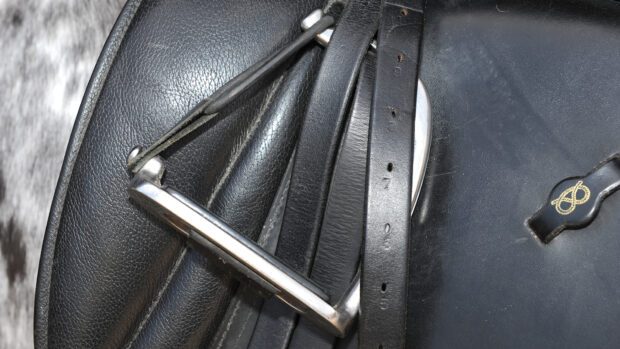“No hoof, no horse” is a long-established idiom that reflects the art of shoeing and it is no more pertinent than when you are responsible for some of the horses that pass through the Winter Equestrian Festival.
“They only touch the ground in four spots,” said John Anderson Jr. who has 23 years of experience as a farrier for show horses, works for top riders including Margie Goldstein-Engle and will shoe some 30 to 35 horses a week. He learned the craft from his father, who at the age of 73, still shoes the occasional horse, having first started coming to Wellington for clients some 50 years ago.
“My goal is to be as unobtrusive as possible,” said John. ”I want the horse to function, I want him to be balanced, I want him to be able to go out and do his job.”
John will travel the country to serve his customers. “We have an amazing group of clients,” he said, “and we go where they want us to go.”
Wherever he is, John is constantly immersed in his craft. “I’m not looking at who’s on the saddle, I’m watching how the horse hits the ground,” he said. “It’s so ingrained in me. What’s it wearing on its feet, are the shoes going to fall off? When you’re walking along and you’re like ‘yeah, that’s not coming back with that left front’. It’s not even horses that I shoe – you see a horse, then you see its conformation and then let’s see what they’re dealing with.”
Working with horses at the Winter Equestrian Festival, a farrier is likely to shoe everything from a pony from the hunter ring, to a top showjumper in the grand prix.
“The biggest pressure is when somebody brings you a horse they paid $6 million dollars for and they say, it needs this changed, this changed and this changed… and you say, well you just bought the horse for this amount of money and I’m supposed to make changes to it – it’s a lot of pressure,” he said.
“But it doesn’t matter if it’s a $6 million horse or a $6000 horse – it gets the same treatment. Not every horse is jumping a five star, not every horse is going out there and jumping the four foot hunters – some of them are little kids’ horses. You want that horse to be safe for the kid. You don’t want that horse to hook a shoe and fall in the childrens’ class. It’s all about safety for the rider.”
You may also be interested in…

Handmade custom bits are the Manolo Blahniks of the Winter Equestrian Festival

And the survey says… Wellington International owners committed to listening to their audience

Top riders agree – the Winter Equestrian Festival is a marathon not a sprint

Bitless and barefoot proves best for Conor Swail’s ride Vital Chance De La Roque

Subscribe to Horse & Hound magazine today – and enjoy unlimited website access all year round
Horse & Hound magazine, out every Thursday, is packed with all the latest news and reports, as well as interviews, specials, nostalgia, vet and training advice. Find how you can enjoy the magazine delivered to your door every week, plus options to upgrade your subscription to access our online service that brings you breaking news and reports as well as other benefits.




